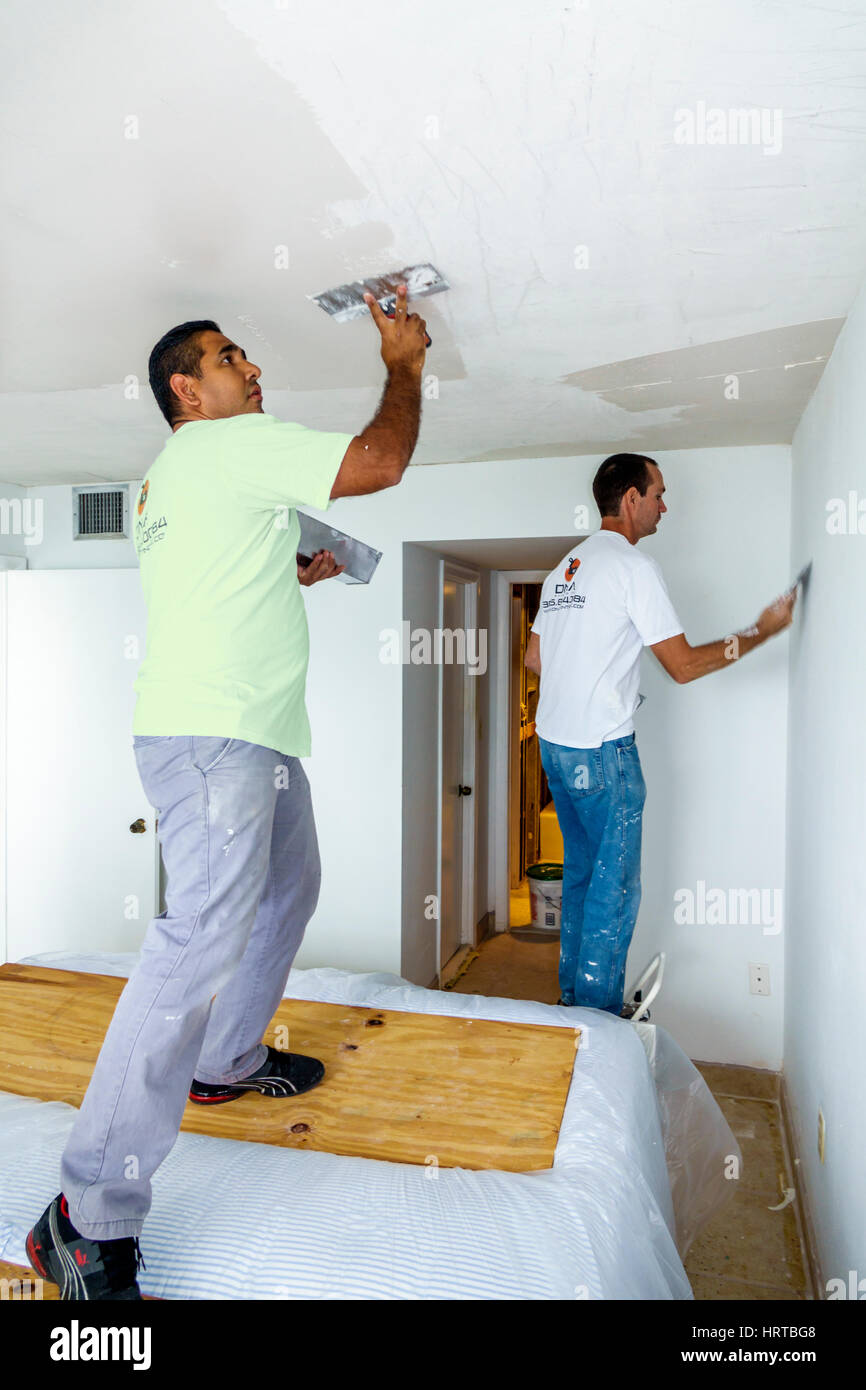A Comprehensive Guide to Learning Plastering Abilities for Your Remodelling Needs

Vital Tools and Products
In the world of plastering, having the right devices and materials is critical to achieving a perfect surface. Various important devices serve distinctive purposes, guaranteeing performance and accuracy throughout the gluing procedure. A high-grade trowel, for circumstances, is important for smoothing and using plaster, while a hawk offers a stable platform for holding the product. A joint blade is likewise crucial for comprehensive work, specifically in edges and sides.
In enhancement to tools, choosing the best plastering materials is important. Gypsum-based plasters are frequently preferred for their adaptability and convenience of usage, while cement-based choices are excellent for outside applications due to their durability. Water and bonding representatives play substantial functions in achieving proper consistency and attachment, guaranteeing that the plaster adheres properly to the surface area.
Moreover, safety equipment such as handwear covers, masks, and safety glasses is important to safeguard against dirt and irritability throughout the application procedure. By putting together the ideal combination of materials and devices, plasterers can boost their capability and create premium coatings, inevitably boosting the overall workmanship of their work.
Preparing Surfaces for Smudging
Attaining a durable and smooth plaster finish starts with precise preparation of the surfaces to be plastered. This fundamental action is crucial to making sure attachment and the longevity of the plaster. Start by evaluating the problem of the substrate-- whether it is drywall, stonework, or concrete-- eliminating any kind of loosened paint, dirt, or debris that may disrupt bonding.
Following, repair any type of imperfections such as splits or openings. Make use of a suitable filler to accomplish a level surface area; this can be crucial for stopping future issues. As soon as fixed, make certain the surface is clean and dry, as moisture can jeopardize plaster adherence.
For porous surface areas, it is recommended to use a bonding representative. This item improves attachment and produces a reputable interface in between the plaster and substrate. If collaborating with previously plastered surface areas, it may be necessary to mess up or sand the location lightly to offer a trick for the new plaster layer.
Plastering Techniques and Tips
Understanding gluing strategies needs both ability and practice to accomplish a remarkable finish. One vital method is the application of the plaster in several slim layers, rather than a single thick layer. This approach permits better attachment and lowers the risk of cracking. Begin with a base layer, ensuring it is uniformly spread and leveled with a hawk and trowel. Utilize a straightedge to look for any type of blemishes before going on to succeeding layers.
When applying the coating coat, use a troweling technique that involves holding the trowel at a slight angle and working in a round motion. This helps to produce a smooth surface and decreases the appearance of trowel marks. Additionally, keep a spray bottle of water useful to mist the surface area lightly; this keeps the plaster practical and enables smoother completing.
Timing is vital; work successfully, as the plaster starts to establish. When the plaster has tightened yet is still wet, make use of a wet sponge to gently smooth the surface area better. Finally, permit ample drying out time before fining sand or paint, ensuring your difficult work causes an expert, high-grade surface.
Usual Mistakes to Prevent

One more usual error is using plaster too heavily. Overzealous applications can lead to fracturing and prolonged drying times. It's necessary to apply plaster in thin, even layers, enabling each layer to dry adequately before adding more.
Furthermore, not utilizing the right devices can hinder the have a peek at these guys quality of the coating. Utilizing unacceptable trowels or mixers can create inconsistencies in the plastering procedure. Always select high-grade devices designed for plastering tasks.
Finally, many individuals ignore the importance of timing. Operating in improper temperature levels or humidity levels can negatively influence plaster drying out and healing. It is suggested to examine climate condition and adapt your routine accordingly.
Ending Up Touches for a Specialist Look
The final phases of a plastering task are essential for achieving a polished, specialist look. Once Plastering the plaster has dried completely, the next step is to analyze the surface area for imperfections. Small bumps, openings, or unequal areas ought to be dealt with utilizing great sandpaper or a sanding block. This careful focus to information is necessary for ensuring a smooth surface.
After fining sand, it's recommended to cleanse the surface to get rid of any dust and debris. A damp fabric is reliable for this purpose, adhered to by a detailed drying duration. If required, applying a thin layer of finishing plaster can improve the surface area further, providing a seamless coating.
When the finishing plaster is completely dry, an additional round of fining sand might be needed to achieve the desired level of smoothness. Lastly, consider applying a primer prior to painting or wallpapering, which will improve bond and longevity.
Verdict
Grasping gluing skills considerably improves the quality of renovation projects. A detailed understanding of crucial devices, surface prep work, and effective strategies is vital for accomplishing specialist results. Understanding of usual errors enables the evasion of expensive errors, while focus to finishing touches makes certain a sleek look at this web-site look. Ultimately, the assimilation of these components adds to the production of smooth, resilient surface areas that elevate the aesthetic worth of any type of room, emphasizing the relevance of skillful plastering in home enhancement endeavors.
Water and bonding agents play substantial functions in attaining appropriate consistency and attachment, making certain that the plaster adheres effectively to the surface. Plastering.


Additionally, maintain a spray bottle of water convenient to haze the surface area lightly; this maintains the plaster workable and enables for smoother completing. (Plastering)
If necessary, using a slim layer of ending up plaster can boost the surface area further, giving a smooth finish.